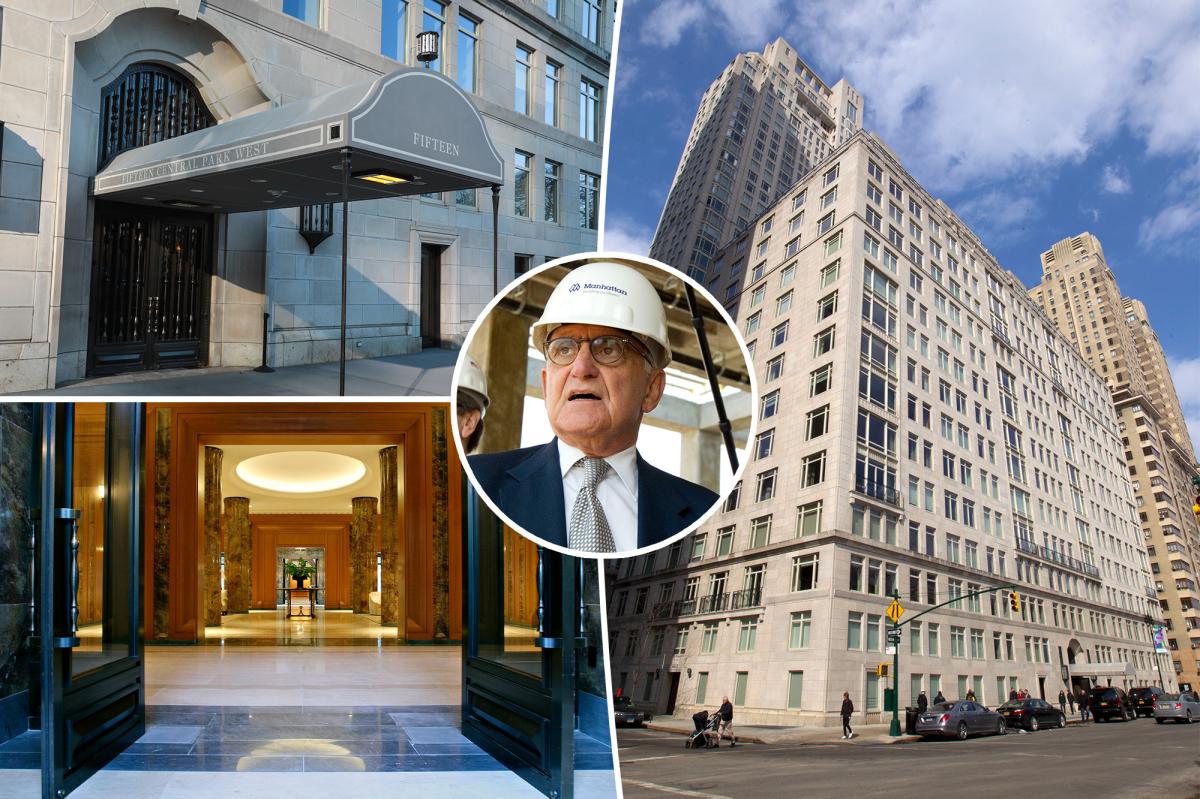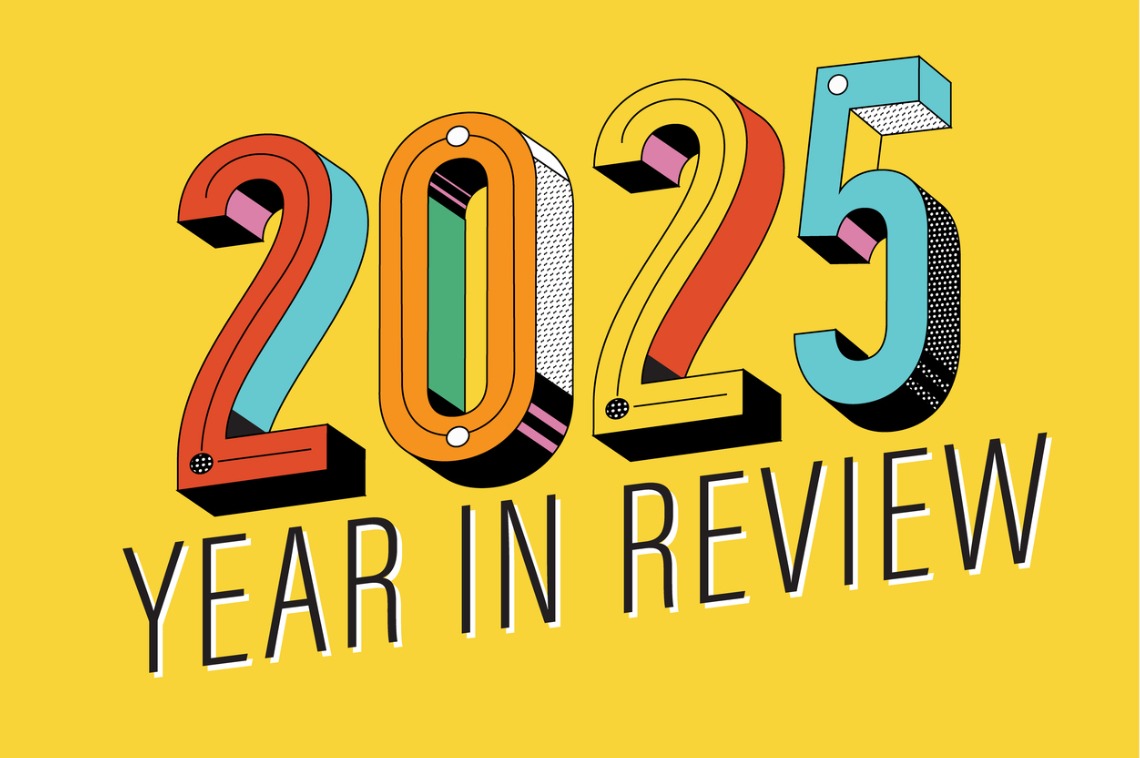P
ittsburgh is quietly redefining the American Dream. In October, its median home price sat at $250,000—more than $150,000 below the national median and the lowest among large U.S. markets, according to Realtor.com’s senior economic analyst Hannah Jones. Even as prices have risen modestly over the past five years, the city remains an affordability anomaly, with a 6% increase over that period.
The city’s appeal goes beyond low prices. It is the only major metro where a first‑time buyer can spend less on a mortgage than on rent, and one of only three where a median‑income household can afford a median‑priced home. In July, Pittsburgh was the sole large city where such a buyer could purchase more than half of all listings. Jones notes that the market’s depth gives buyers real options, a fact echoed by the 5,842 homes currently on the market—roughly 5,800 listed this fall—providing ample choices across price points.
Transplants drawn by jobs in IT, healthcare, and robotics are fueling demand. Agent Jackie Bohdan of Your Town Realty reports that most of her clients are newcomers rather than long‑time residents. Pittsburgh’s population has grown by over 4,700 since 2020, and its homeownership rate stands at 69.5%, well above the national average.
Incentives further sweeten the deal. City‑backed grants and assistance programs can shave thousands off upfront costs. Bohdan highlights a wave of first‑time buyers—mostly in their 30s, with some as young as 21—who are entering the market more easily than elsewhere. “Lower prices make it easier for buyers to enter the market here,” she says, adding that many clients are unaware of the available incentives and could benefit from them.
Overall, Pittsburgh offers a rare combination of affordability, inventory, and support that keeps the American Dream within reach for ordinary people in 2025.














